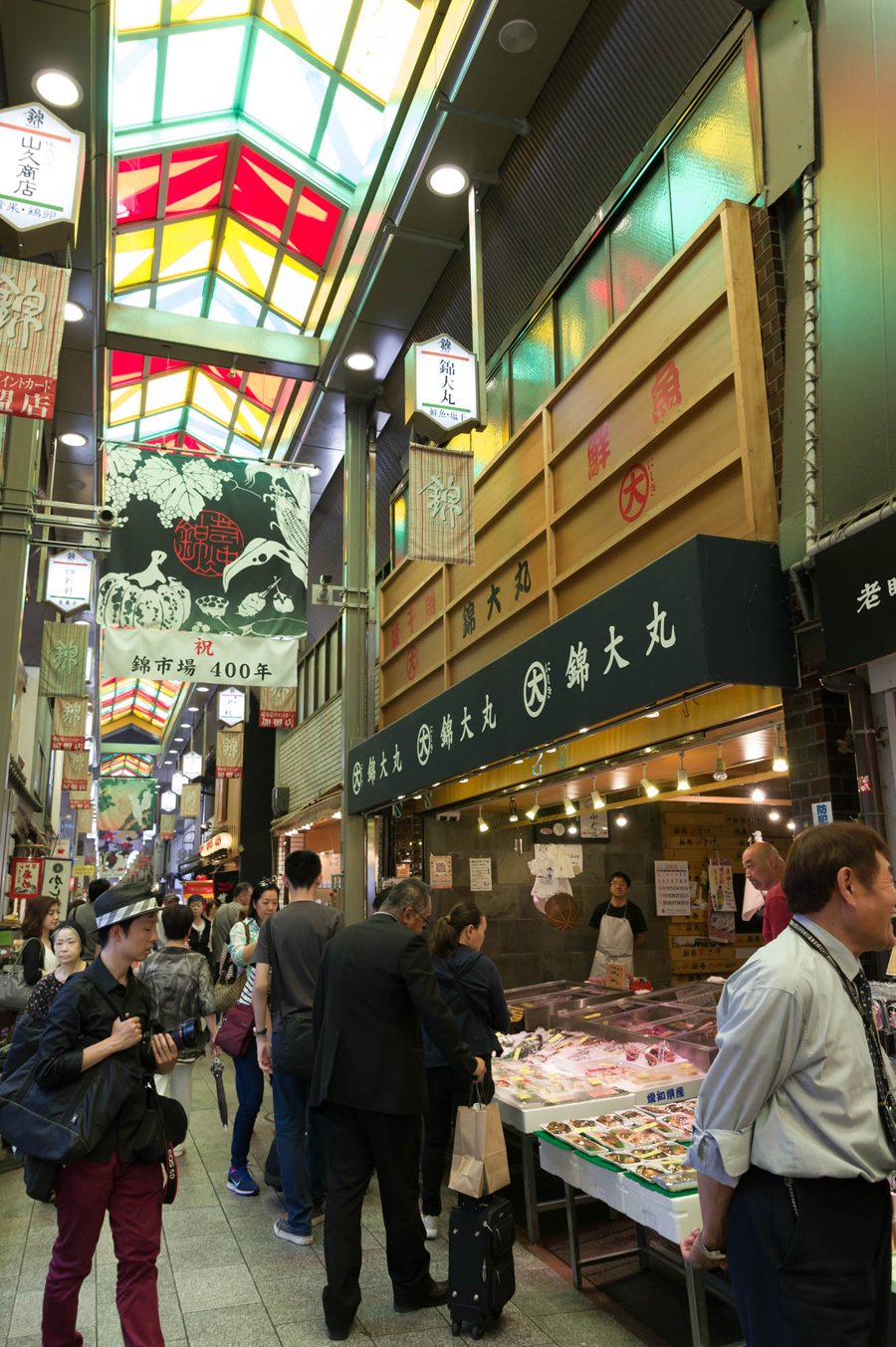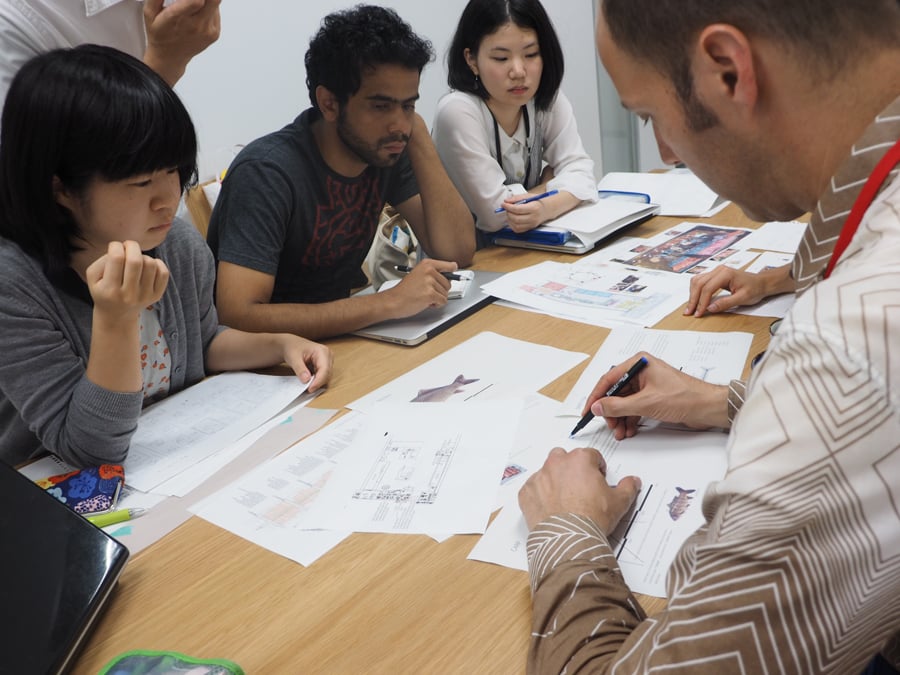
August 15, 2018
This Design Lab in Kyoto Is Analyzing Food to Understand How Cities Change
“By looking at food, we can uncover the inner workings of the city which are otherwise difficult to see,” says Takuya Miyake of the Kyoto Institute of Technology.

For our annual cities listings, Metropolis took a novel approach to avoid the typical ranking: We surveyed 80 leading architecture and design professionals, asking them to nominate places in three categories—design powerhouses, buzzing cultural hubs, and cities that inspire or personally resonate with them. The results turned up the usual suspects as well as some unexpected newcomers, and our coverage is similarly heterogeneous, from profiles of local firms to spotlights on grassroots initiatives and sum-ups of cities’ design goings-on.
This undertaking in a Mumbai exurb reflects the city’s position as an “inspirational” global Design City. Stay tuned to our homepage as we publish more 2018 Design Cities!
Heritage-rich Kyoto, Japan—a magnet for visitors seeking “authentic” neighborhoods, architecture, and cuisine—is often cited as an example of tourism’s double-edged sword. The Japanese media has even coined a term for the city’s problem: kankō kōgai, or “tourism pollution.” While there’s been pushback against the anti-foreigner bias implicit in that phrase, tourism has decisively altered the city. Nishiki Market was an early bellwether: The lowlit passageway that once served local shoppers is now a high-traffic culinary stop visited mostly by out-of-towners, shifting its place in the urban ecosystem.
An ongoing project out of KYOTO Design Lab, or D-Lab for short, is taking an inquisitive, research-based approach to such changes. Since 2015, its initiative Food Shaping the City has mapped and analyzed Kyoto’s “metabolism”—the movement of food, water, and people—focusing on two hubs of food commerce, Nishiki Market and Kyoto Central Wholesale Market. “The flow of matter has had a fundamental impact on the shape and operation of our urban territories, more than visible infrastructure,” says project lead Takuya Miyake, assistant professor at Kyoto Institute of Technology, which runs the D-Lab incubator. “By looking at food, we can uncover the inner workings of the city which are otherwise difficult to see.”
Food Shaping the City formed around workshops led by Swiss architects Shadi Rahbaran and Manuel Herz. The first, in 2015, produced an “atlas” that depicted the flows of ingredients through Kyoto’s main markets, and the second, in 2016, built on that analysis and proposed a hybrid typology at the site of one of the existing shops (both workshops also produced a book). Last year, a third workshop took on the relationship between the city’s waterways and their attendant cultural structures. From the start, the “metabolism”-based approach was conceived as “a method of conducting urban research in general,” Miyake says. When the project’s exhibition (tentatively titled Food Shaping Kyoto) opens at Vitra Design Museum in June 2019, its method, and its implications for other cities grappling with similar challenges, will gain a global design audience.
You may also enjoy “Case Design Combines Local Craft, Art, and Architecture for a School in Mumbai.”









